Your cart is currently empty!
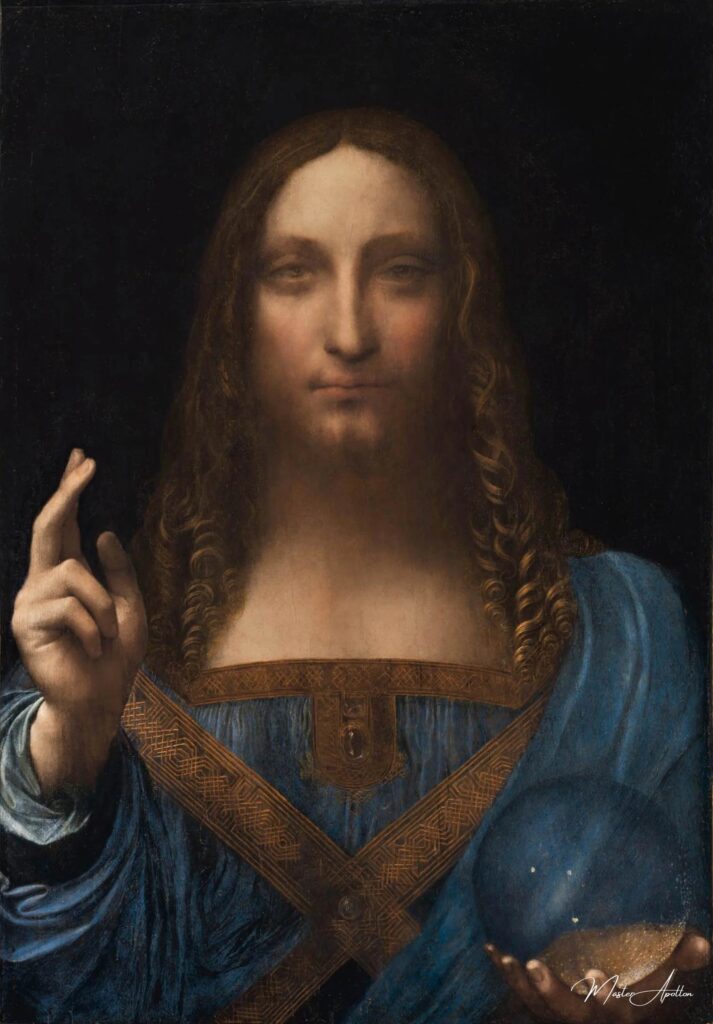
Salvator Mundi – Leonardo da Vinci
This oil painting reproduction of “Savior of the World” by Leonardo da Vinci is a masterpiece that exudes elegance and sophistication. Crafted with the highest quality materials and meticulous attention to detail, this reproduction captures the essence of the original artwork with stunning accuracy.
Using a combination of traditional techniques and modern technology, skilled artisans have re…
The Enigmatic Salvator Mundi: A Masterpiece or an Elaborate Ruse?
The Salvator Mundi, a painting attributed to Leonardo da Vinci, stands at the center of one of the most captivating controversies in the art world. From its ambiguous origins to a record-breaking sale price of $450.3 million, this artwork is shrouded in layers of intrigue, skepticism, and fervent debate. Scholars and art enthusiasts alike remain divided over its authenticity, historical significance, and the implications of its sale, which has ignited discussions about the nature of art and its valuation.
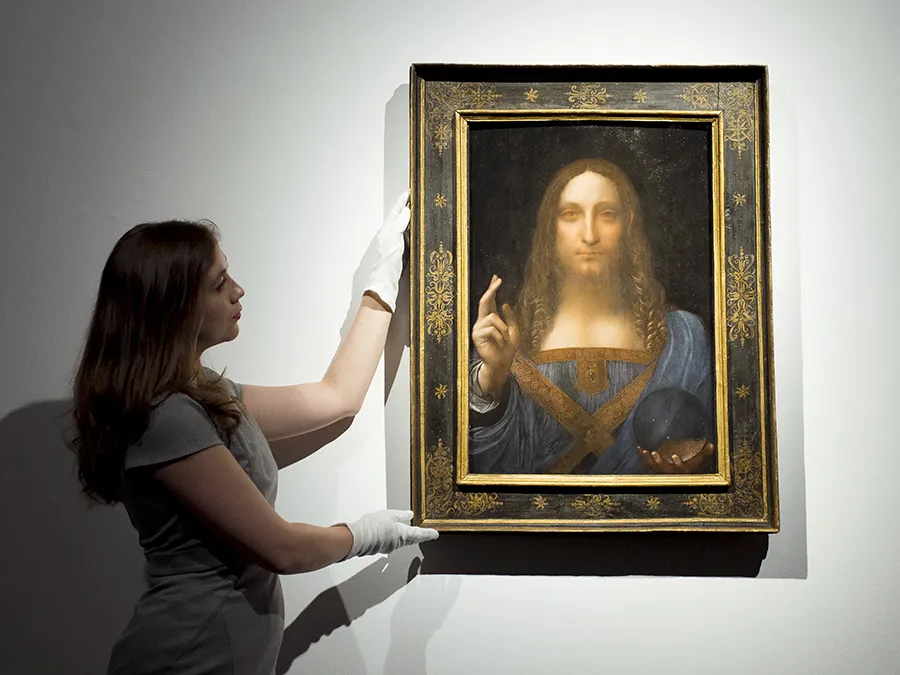
Attribution Dispute
At the heart of the Salvator Mundi controversy is the contentious attribution debate. Some of the art world’s leading scholars, such as Martin Kemp, staunchly defend the painting as a work by da Vinci himself, citing the meticulous details and stylistic elements characteristic of the master. Supporters argue that the painting’s sfumato technique, the rendering of Christ’s hair, drapery, and the use of walnut oil are evidence of Leonardo’s hand. Kemp eloquently encapsulates this belief, stating, “It had that kind of presence that Leonardos have… that uncanny strangeness that the later Leonardo paintings manifest.”
In stark contrast, critics such as Jacques Franck and Charles Hope raise substantial concerns about the painting’s authenticity. They point to its extensive restoration, inconsistencies in stylistic execution, and the peculiar depiction of the crystal orb, which they argue is scientifically inaccurate. Hope goes so far as to describe the painting as “a ruin,” noting that the heavily restored face bears a resemblance to the Mona Lisa, a suggestion that brings the painting’s integrity into question.
The debate becomes even more intricate when considering the painting’s condition. The extensive restoration it underwent has led many to argue that its original quality is almost impossible to gauge. As Frank Zöllner observes, “The badly damaged painting had to undergo very extensive restoration, which makes its original quality extremely difficult to assess.” Thus, the attribution question is not merely an academic one but is rooted in the complex interplay of art restoration and authenticity.
Mysterious History & Rediscovery
The history of the Salvator Mundi is as enigmatic as its current status. Scholars propose a creation date between 1499 and 1510, during a period marked by significant artistic exploration and patronage. Possible patrons include Louis XII of France and Isabella d’Este, further complicating the painting’s provenance.
After languishing in obscurity for centuries, the painting resurfaced in a New Orleans auction in 2005, purchased for a mere $1,175. Its rediscovery can be attributed to Dianne Dwyer Modestini, who undertook extensive restoration efforts. Among the discoveries made during restoration were pentimenti, including a corrected thumb position, which initially contributed to the attribution to Leonardo. However, the scope of restoration also casts a shadow of doubt over the painting’s authenticity, as much of the original surface may not have been painted by the master himself, according to experts like Carmen Bambach.
Record-Breaking Sale & Continued Absence
The saga of the Salvator Mundi took a dramatic turn in 2017 when it was sold at auction for an astonishing $450.3 million to Prince Badr bin Abdullah, allegedly representing Crown Prince Mohammed bin Salman of Saudi Arabia. This sale shattered previous records and thrust the painting into the spotlight, making it the most expensive artwork ever sold at auction. However, its absence from public view since the sale has only fueled further speculation and debate.
The painting was expected to make its debut at the Louvre Abu Dhabi, but plans fell through, and it has yet to be seen by the public. This continued absence amplifies the air of mystery surrounding the Salvator Mundi. Some speculate it may even be kept in a private collection, potentially hidden away from the art world and public appreciation.
The Orb Debate
One of the most intriguing aspects of the Salvator Mundi is the depiction of the crystal orb that Christ holds in his left hand. This element is celebrated by some as a testament to Leonardo’s intellectual prowess and scientific curiosity. However, it has also faced criticism for its unrealistic portrayal. Walter Isaacson remarks that while the orb is rendered with beautiful scientific precision, Leonardo failed to account for the optical distortions that would occur when looking through a solid crystal orb. This debate not only highlights the technical challenges of representing glass in painting but also raises questions about Leonardo’s intent and understanding of optics.
Current Status & Impact
The Salvator Mundi remains an enigma, with its current status perpetuating intrigue and speculation. Its absence from public view, particularly after its record-breaking sale, has resulted in an ongoing dialogue about the nature of art ownership and the role of public exhibitions. The painting’s impact on the art market is profound, influencing both pricing strategies and the public’s fascination with art history. The narrative surrounding the Salvator Mundi has transcended the art world, inspiring documentaries, media discussions, and even a proposed Broadway musical, illustrating its pervasive influence on popular culture.
Conclusion
The Salvator Mundi stands as a testament to the complexities of art attribution and valuation. While its staggering sale price suggests an unquestionable masterpiece by Leonardo da Vinci, the ongoing debates about its authenticity, the extensive restoration it has undergone, and its continued absence from public view cast shadows of doubt. Whether the painting is entirely by Leonardo or a collaborative studio work, its impact on the art world and its enduring mystery continue to captivate audiences. As art historians and enthusiasts wrestle with the questions surrounding the Salvator Mundi, one thing remains clear: the painting’s allure is as potent as ever, ensuring its place in the annals of art history for years to come.
In the world of art, where each brushstroke tells a story, the narrative of the Salvator Mundi serves as a reminder of the delicate balance between authenticity and the ever-evolving nature of artistic interpretation. As new analyses and discoveries emerge, the painting will undoubtedly continue to be a focal point for discussion, debate, and admiration in the art community.
Leonardo da Vinci
Leonardo da Vinci was a polymath of the Renaissance, renowned for his extraordinary contributions to art, science, and invention, whose masterpieces, such as the Mona Lisa and The Last Supper, reflect his profound understanding of human emotion and the natural world.
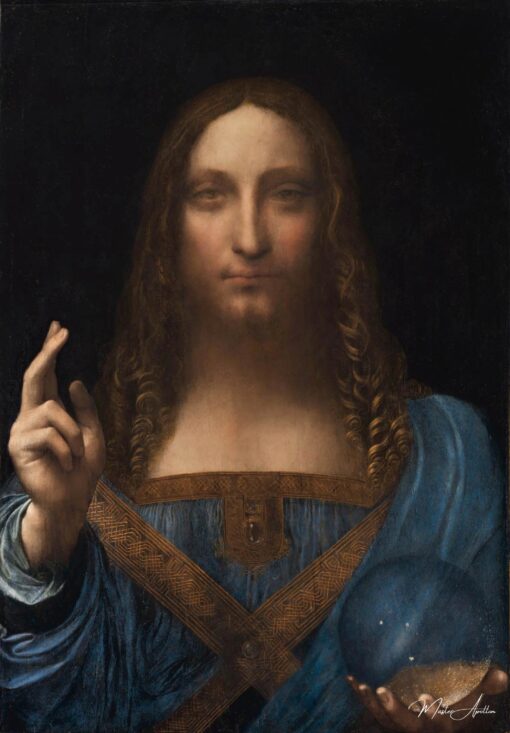
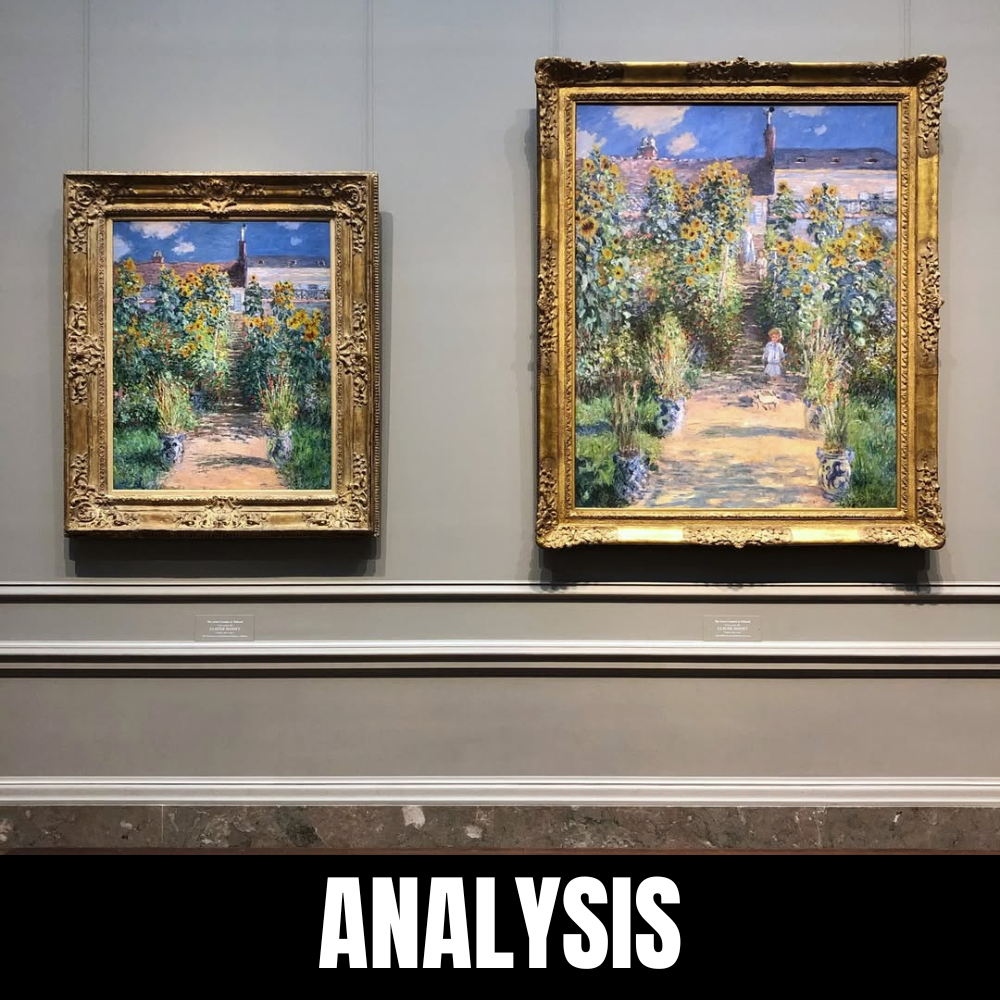
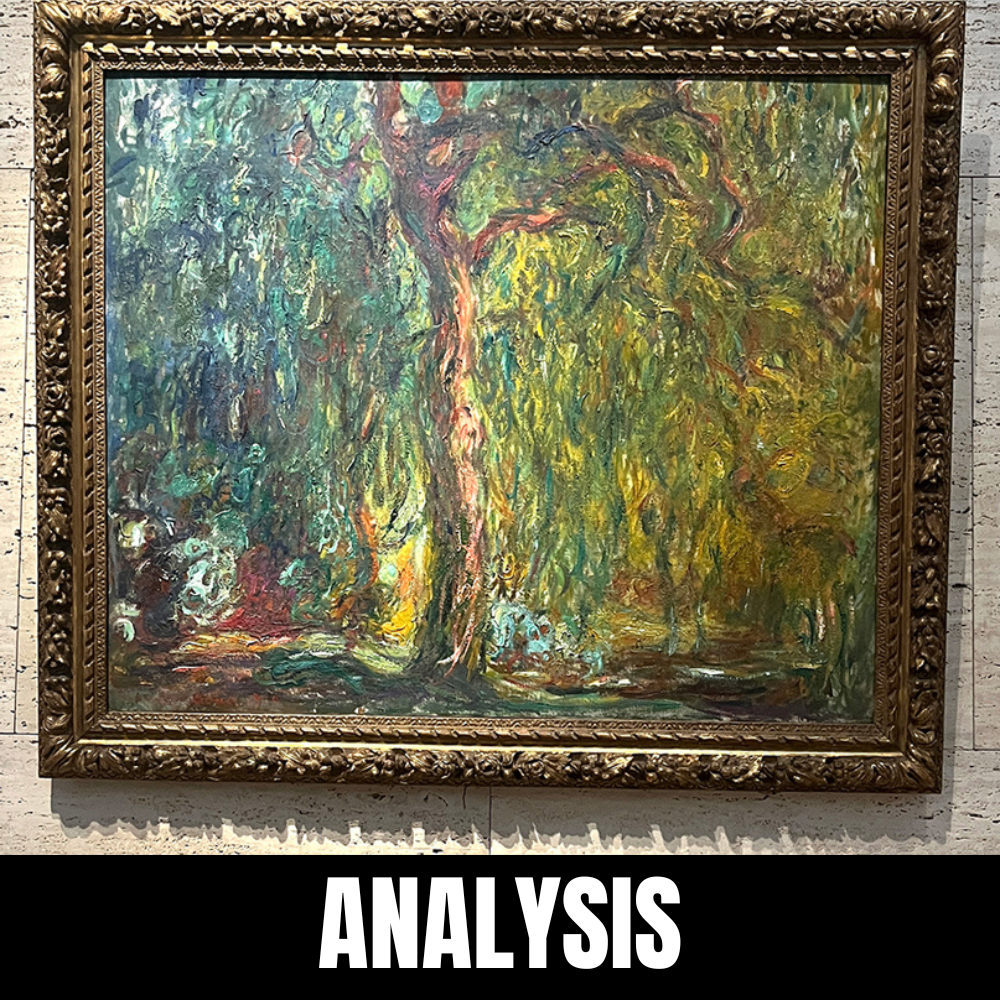
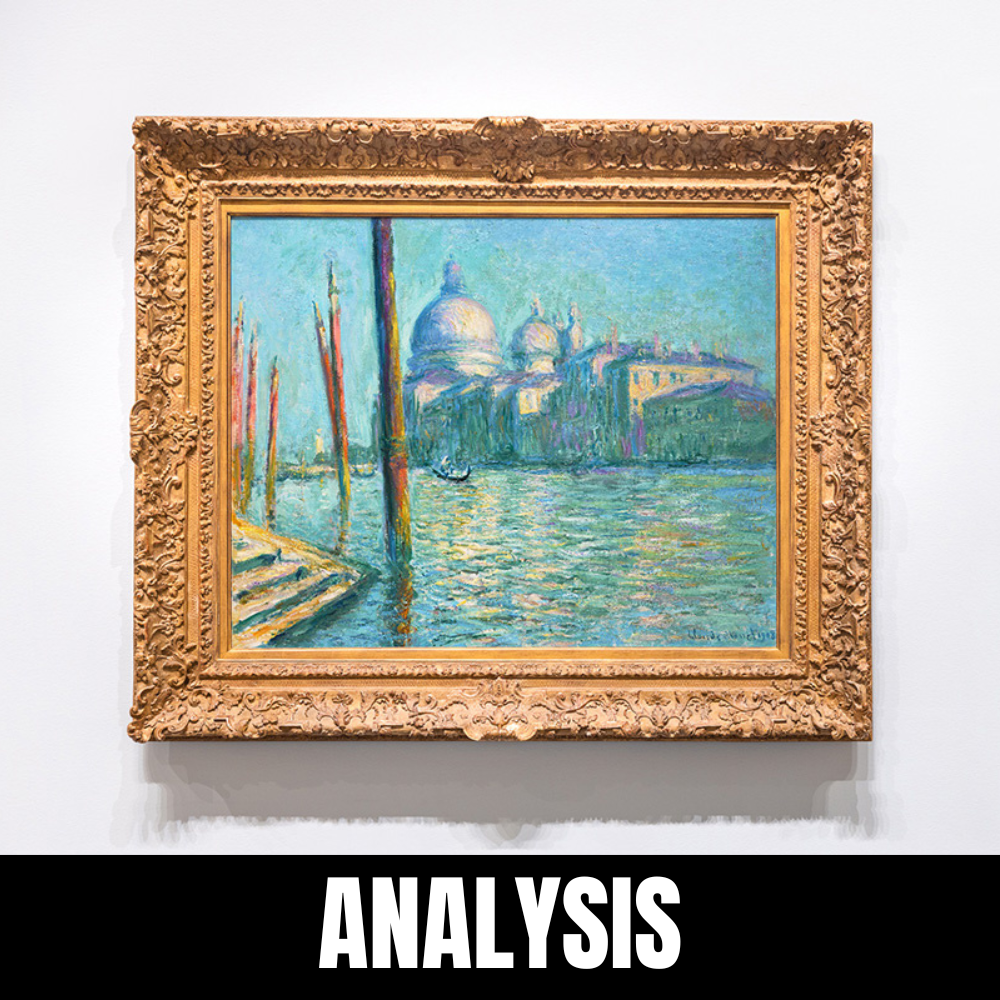
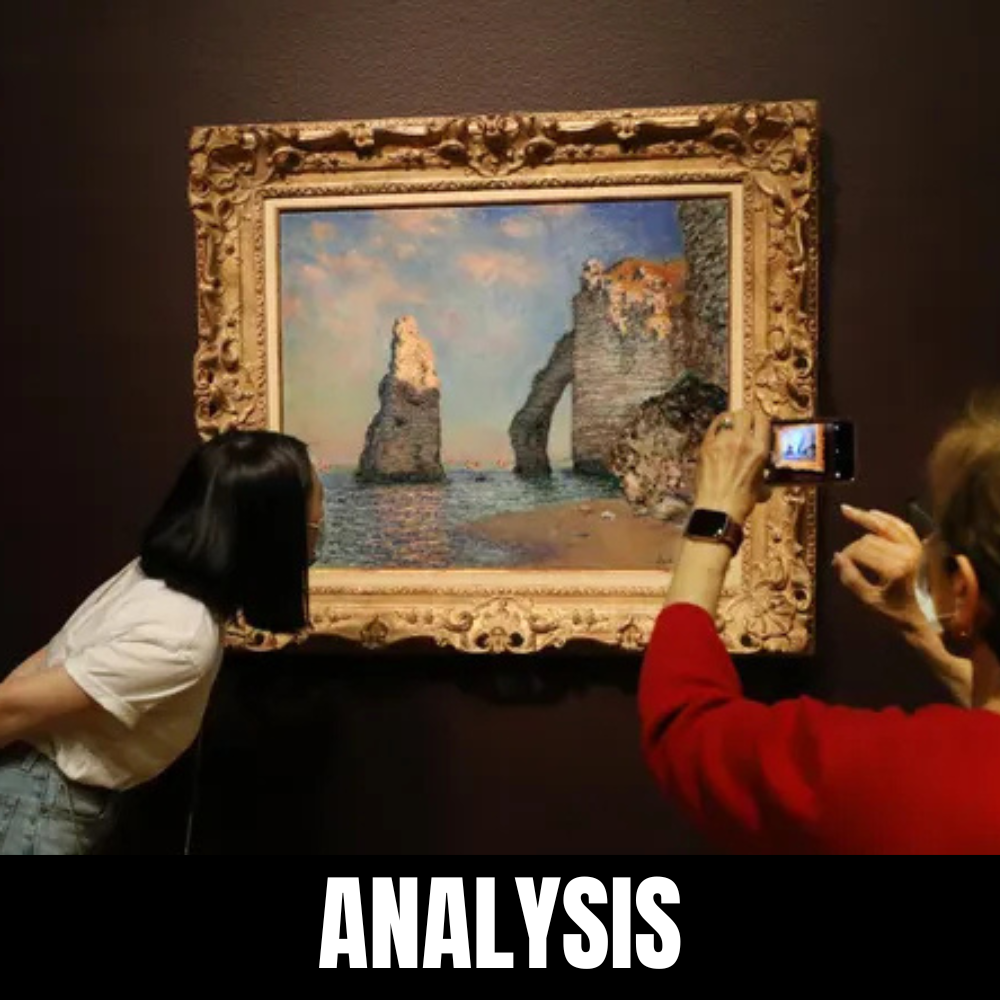
Leave a Reply